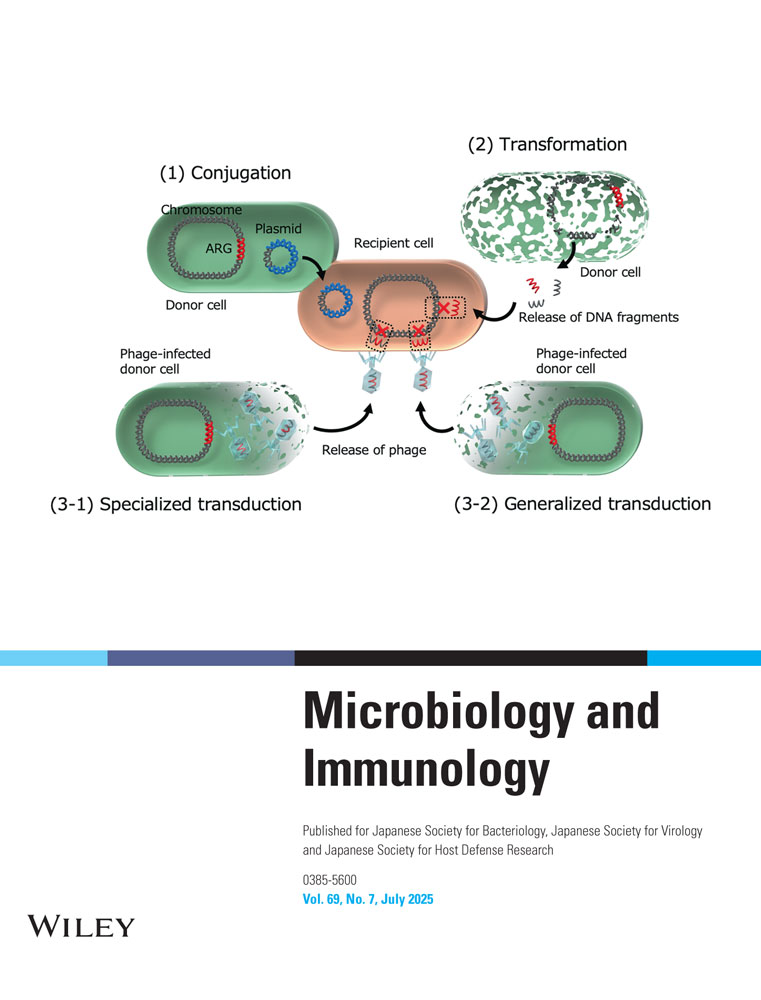A Lysin(s) in Lysates of Clostridium botulinum A190 Induced by Ultraviolet Ray or Mitomycin C
ABSTRACT
When cells of the Clostridium botulinum A190 strain were subjected to treatment with mitomycin C or to irradiation with ultraviolet ray and then grown at 37 C, an induced lytic agent(s) was produced in the resultant lysate. Production of the lytic agent in the induced bacterial culture was inhibited in the presence of chloramphenicol. A crude preparation of the phage-free lytic agent readily lysed freeze-thawed or acetone-treated cells of C. botulinum B-NIH19, and heated or chloroform-treated cells to a lesser extent at the optimal pH of 6.8. The lytic agent was stable at or below 37 C, but unstable above 37 C. A crude preparation of the lytic agent did not exhibit a detectable effect on the viability of vegetative cells.




